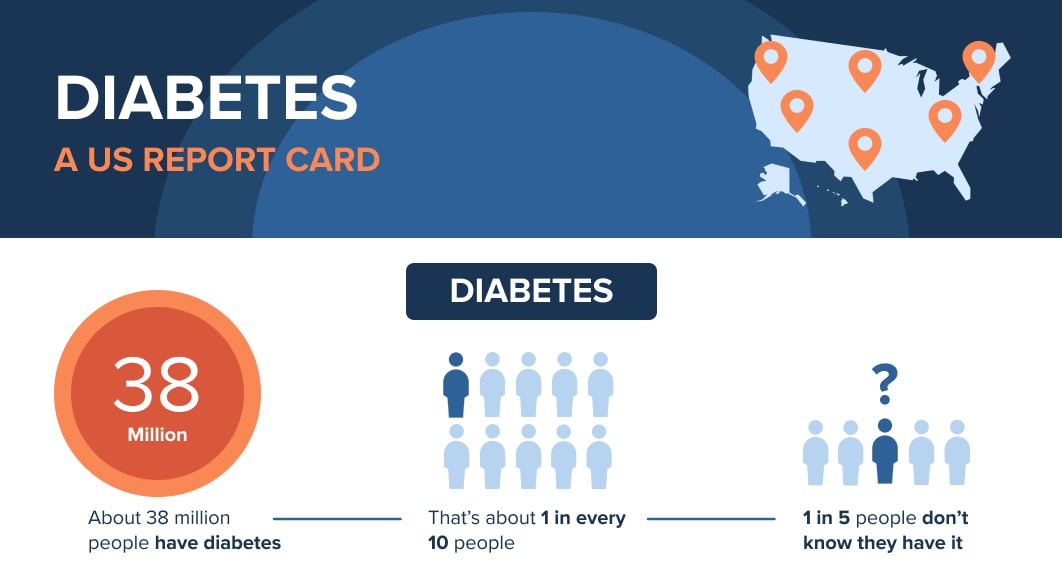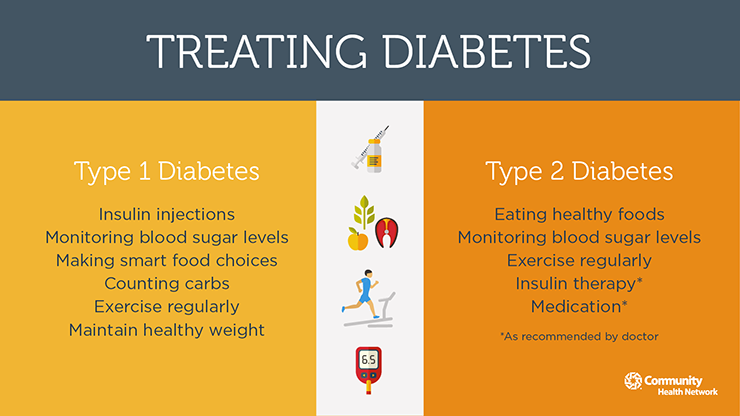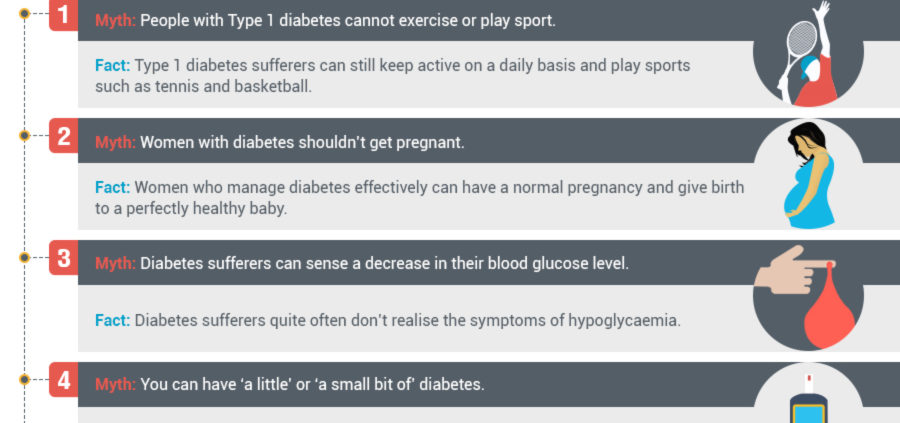Discover the key strategies to managing Type 1 Diabetes effectively and improving your quality of life with these expert tips.
Table of Contents
- Introduction: The Challenge of Type 1 Diabetes
- Understanding Type 1 Diabetes
- The Importance of Insulin Therapy
- Glucose Monitoring: Knowing Your Levels
- Eating Right: The Diabetic Diet
- Physical Activity: Exercise and Diabetes
- Dealing With Highs and Lows
- Managing Diabetes at School
- Getting Support: Family, Friends, and Doctors
- Conclusion: Living Happily With Diabetes
- FAQs: Frequently Asked Questions
Introduction: The Challenge of Type 1 Diabetes
Type 1 diabetes is a condition that can pose challenges for those who have it. It affects how the body processes sugar, creating a need for constant monitoring and management of blood sugar levels. Understanding the impact of type 1 diabetes is crucial to effectively dealing with its challenges.
For kids with type 1 diabetes, the daily struggle revolves around keeping their blood sugar levels in check. This means being vigilant and proactive about their health and well-being. Let’s delve into the complexities of managing type 1 diabetes and explore strategies to make life with this condition more manageable.
Understanding Type 1 Diabetes
Understanding Type 1 Diabetes is essential for kids who have been diagnosed with this condition. So, what exactly is Type 1 Diabetes and why is managing blood sugar levels so crucial for kids with this condition?
What is Type 1 Diabetes?
Type 1 Diabetes is a condition that affects how your body uses sugar from the food you eat. Normally, your pancreas makes a hormone called insulin that helps sugar enter your cells to give them energy. But in Type 1 Diabetes, your pancreas stops making insulin, so the sugar stays in your blood and can’t get into your cells to fuel your body.
Blood Sugar Basics
Blood sugar (glucose) comes from the food you eat and is your body’s main source of energy. When your blood sugar levels are too high or too low, it can make you feel sick. That’s why it’s important for kids with Type 1 Diabetes to keep a close eye on their blood sugar levels and make sure they stay in a healthy range.
The Importance of Insulin Therapy
Insulin therapy plays a crucial role in the management of type 1 diabetes. For kids with this condition, insulin is like a superhero that swoops in to save the day when the body’s own insulin supply is running low. Let’s delve into what insulin is and why it’s so essential for kids with type 1 diabetes.

Image courtesy of www.cdc.gov via Google Images
What is Insulin?
Insulin is a hormone produced by the pancreas, an organ in your body that helps regulate blood sugar levels. Think of insulin as a key that unlocks the cells in your body, allowing glucose (sugar) from the food you eat to enter and provide energy. Without enough insulin, glucose builds up in the bloodstream, leading to high blood sugar levels.
Different Types of Insulin
There are different types of insulin available to help manage type 1 diabetes. Some types work quickly to lower blood sugar levels after meals, while others provide a steady flow of insulin throughout the day and night. Your doctor will work with you to find the right balance of insulin types to keep your blood sugar in check.
Glucose Monitoring: Knowing Your Levels
Checking your blood sugar levels is an essential part of managing type 1 diabetes. To do this, you will need a small device called a blood glucose meter and a lancet to prick your finger. First, wash your hands with soap and water. Then, insert a test strip into the meter and use the lancet to get a small drop of blood from your fingertip. Place the blood on the test strip and wait for the meter to display your blood sugar level.
When to Check
It’s important to check your blood sugar levels regularly throughout the day. You should check before meals, before bedtime, and if you feel any symptoms of low or high blood sugar. Your healthcare provider will give you specific instructions on how often to check based on your individual needs. By monitoring your blood sugar levels, you can make informed decisions about your insulin doses, diet, and physical activity to keep your levels within a healthy range.
Eating Right: The Diabetic Diet
When you have type 1 diabetes, it’s essential to pay attention to the foods you eat in order to keep your blood sugar levels steady. This way, you can stay healthy and feel good every day.

Image courtesy of www.ecommunity.com via Google Images
Foods to Eat and Avoid
Choosing the right foods can help control your blood sugar. You should try to eat plenty of fruits, vegetables, whole grains, and lean proteins like chicken and fish. These foods provide your body with the energy it needs without causing spikes in your blood sugar levels.
Avoiding sugary drinks, candies, and snacks that are high in fats can help you maintain stable blood sugar levels. It’s also important to limit foods that are processed or high in carbohydrates, like white bread and sugary cereals. By making smart choices, you can better manage your diabetes.
Reading Food Labels
Reading food labels can help you understand what’s in the foods you eat. Look for information about carbohydrates, sugars, and serving sizes. Pay attention to the total carbohydrates, as these are the nutrients that most affect your blood sugar levels.
You can also check the ingredient list to see if a product contains added sugars. Choosing foods with fewer ingredients and natural sweeteners can be a healthier option for managing your diabetes. Remember, it’s all about making informed choices to keep your body feeling its best.
Physical Activity: Exercise and Diabetes
Physical activity is an essential part of managing type 1 diabetes. Exercise can help regulate blood sugar levels, improve overall health, and boost mood. Let’s explore how being active can benefit kids with diabetes.
Fun Ways to Be Active
Exercise doesn’t have to be boring! There are plenty of fun activities that can keep you moving and help manage your diabetes. Whether it’s playing soccer with friends, dancing to your favorite songs, or going for a bike ride, find something you enjoy doing that keeps you active.
Exercise Tips
When you have type 1 diabetes, it’s important to approach exercise safely. Here are some tips to help you stay healthy while being active:
- Always check your blood sugar levels before and after exercising.
- Bring snacks like fruit or granola bars in case your blood sugar drops during exercise.
- Stay hydrated by drinking plenty of water before, during, and after physical activity.
- Wear comfortable shoes and clothing that are appropriate for the type of exercise you’re doing.
Dealing With Highs and Lows
Managing type 1 diabetes effectively involves understanding how to handle both high and low blood sugar levels. These fluctuations can happen unexpectedly, but with the right knowledge and actions, kids can stay safe and healthy.
| Management Strategy | Description |
|---|---|
| Daily Blood Sugar Monitoring | Regularly checking blood sugar levels throughout the day to maintain control. |
| Healthy Diet | Eating a balanced diet rich in vegetables, fruits, whole grains, and lean proteins. |
| Regular Exercise | Engaging in physical activity to help with blood sugar control and overall health. |
| Insulin Therapy | Taking insulin injections or using an insulin pump as prescribed by a healthcare provider. |
| Medication Adherence | Following medication schedules as directed by a healthcare provider. |
| Stress Management | Practicing stress-reducing techniques to help control blood sugar levels. |
| Regular Doctor Visits | Attending check-ups with healthcare providers for monitoring and adjustments to treatment. |

Image courtesy of www.cdc.gov via Google Images
Recognizing the Signs
It’s crucial for kids with type 1 diabetes to recognize the signs of high and low blood sugar. Symptoms of high blood sugar may include feeling thirsty, tired, or having to urinate frequently. On the other hand, low blood sugar can cause shakiness, dizziness, or confusion. Being aware of these signs enables kids to take action promptly.
What to Do
If a child with type 1 diabetes experiences high blood sugar, it’s essential to check their insulin levels and follow the doctor’s instructions for correction. This may involve taking additional insulin or adjusting their diet. For low blood sugar, kids should have a quick-acting source of sugar, such as glucose tablets or juice, to raise their levels back to normal. Keeping these supplies on hand and knowing when and how to use them can help prevent emergencies.
Managing Diabetes at School
When you have type 1 diabetes, it’s essential to continue managing your condition while you’re at school. Here are some tips to help you navigate diabetes management during school hours:
Speaking to Teachers and Friends
It’s crucial to communicate with your teachers and friends about your diabetes needs. Let your teachers know where you keep your glucose monitor, insulin, and snacks in case of low blood sugar. Educate your friends about what to do in case of an emergency and how they can support you.
School Lunch and Snack Ideas
Prepare healthy lunches and snacks that are suitable for kids with diabetes. Include items like whole fruits, vegetables, whole grains, and lean proteins. Avoid sugary drinks and snacks that can spike your blood sugar levels. Pack a balanced meal to keep your energy steady throughout the day.
Getting Support: Family, Friends, and Doctors
Managing type 1 diabetes is a team effort, and you are the captain of your team! Your family, friends, doctors, and other healthcare professionals are all part of your diabetes care team. They are here to support you and help you stay healthy.

Image courtesy of www.rightpatient.com via Google Images
Your family plays a crucial role in your diabetes management. They can help remind you to check your blood sugar levels, take your insulin, and make healthy food choices. They are there to cheer you on and help you through any challenges you may face.
Your friends can also be a great support system. They can encourage you to stay active, make good food choices, and understand what you need to do to manage your diabetes. Don’t be afraid to talk to your friends about your condition – they can be there for you when you need them!
Of course, your doctors and healthcare team are essential members of your diabetes care team. They can help you understand your condition, adjust your insulin therapy, monitor your blood sugar levels, and provide guidance on living a healthy lifestyle. Make sure to ask them any questions you have – they are there to help!
Support Groups for Kids
Joining a support group for kids with diabetes can be a fantastic way to connect with others who understand what you’re going through. These groups can provide a sense of community, advice, and encouragement as you navigate life with type 1 diabetes.
Meeting other kids with diabetes can help you feel less alone and more empowered. You can share your experiences, learn from each other, and build lasting friendships. Remember, you are not alone in this journey – there are many others just like you who are facing the same challenges.
Ask your doctor or diabetes educator about local support groups for kids with diabetes. They can help you find a group that’s right for you. And remember, it’s okay to reach out for help and support when you need it!
Conclusion: Living Happily With Diabetes
Managing type 1 diabetes effectively is no easy task, but with the right tools and knowledge, it is entirely possible to live a happy and healthy life. By following the essential steps of diabetes management, you can ensure that you keep your blood sugar levels in check, stay active, eat right, and get the support you need.
Key Points to Remember
Remember to check your blood sugar levels regularly, take your insulin as prescribed, follow a well-balanced diabetic diet, stay physically active, and seek help from your diabetes care team when needed. By staying on top of these key aspects of diabetes management, you can maintain a positive outlook and live your life to the fullest.
Embracing a Positive Mindset
Living happily with diabetes is all about adopting a positive mindset and not letting the condition define who you are. Remember that you are not alone in this journey—there are many others just like you who are managing their diabetes effectively and thriving. With the right attitude and determination, you can overcome any challenges that come your way.
Enjoying Life to the Fullest
Having type 1 diabetes doesn’t mean that you have to miss out on the things you love. You can still participate in sports, enjoy special treats in moderation, and lead an active lifestyle. By taking care of your health and staying true to your diabetes management plan, you can continue to live a fulfilling and joyful life.
Remember, managing type 1 diabetes is all about balance and consistency. By making smart choices, staying active, and seeking support when needed, you can navigate the challenges of diabetes with confidence and resilience. With the right tools and mindset, you can live happily with diabetes and look forward to a bright and healthy future ahead.
FAQs: Frequently Asked Questions
Can I still eat sweets with type 1 diabetes?
Yes, you can enjoy sweets even if you have type 1 diabetes, but it’s essential to do so in moderation. Eating sugary treats occasionally as part of a balanced diabetic diet is okay, as long as you consider factors like portion size and how they might affect your blood sugar levels. Remember, it’s all about balance!
How often do I need to see my doctor?
It’s important to have regular check-ups with your doctor when managing type 1 diabetes. Your healthcare provider will monitor your blood sugar levels, adjust your insulin therapy if needed, and offer guidance on how to keep your diabetes in control. Seeing your doctor regularly helps ensure you stay healthy and manage your condition effectively.
Will I be able to play sports?
Absolutely! Kids with type 1 diabetes can participate in sports and stay active just like any other child. It’s crucial to talk to your healthcare team about your exercise plans so they can help you adjust your insulin therapy or diabetic diet accordingly. Staying active through sports not only benefits your physical health but also helps in managing your blood sugar levels and overall well-being. So go ahead, lace up those sneakers and have fun!





